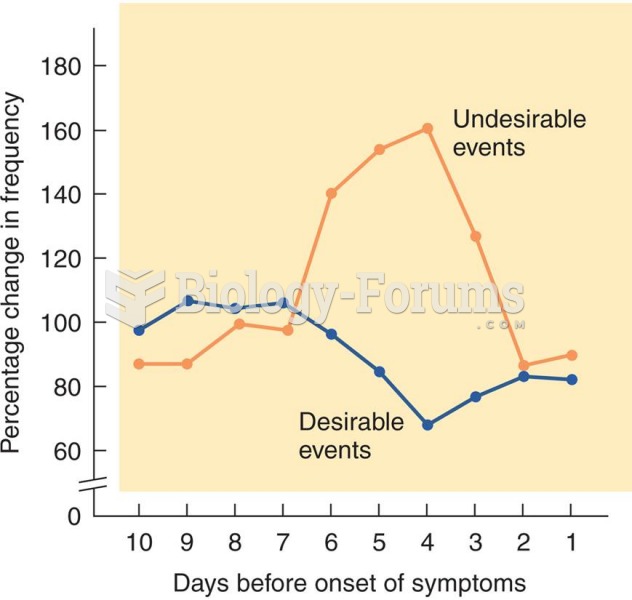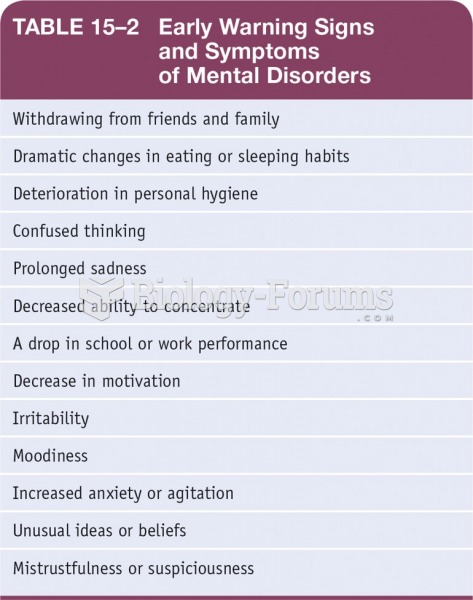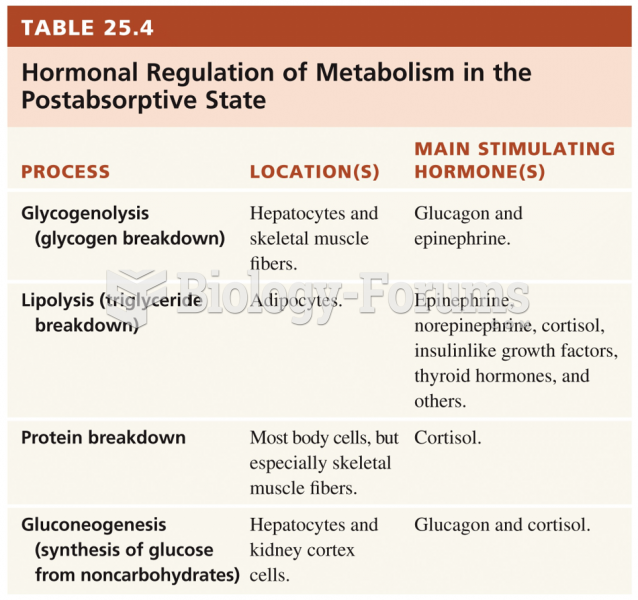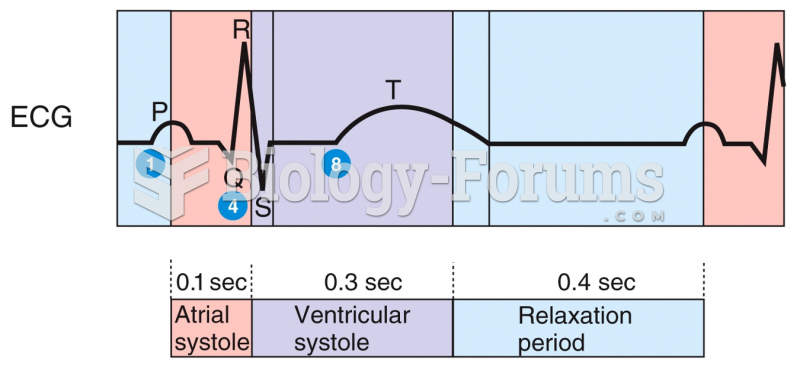Answer to Question 1
The symptoms associated with DKA include: polydipsia, polyuria, polyphagia, weakness, lethargy, abdominal pain, malaise, and headaches/dizziness. Additionally, common symptoms also include:
Kussmaul breathing
Hypothermia, hyperapnea
Acetone breath
Poor skin turgor
Orthostatic hypotension
Mental status changes
DKA is a severe form of hyperglycemia because when insulin is not being produced, certain metabolic events occur:
Glucose production via gluconeogenesis in the liver is not suppressed, contributing to high blood glucose levels.
Lipolysis occurs since insulin is not there to favor triglyceride storage, which alters fat metabolism. The increased rate of fatty acid metabolism results in ketosis.
Glucose and ketones accumulate in the blood, which causes osmotic diuresis leading to increased urine production in an attempt to rid the body of excess ketones and glucose (polyuria).
Osmotic diuresis results in dehydration and electrolyte imbalance. Dehydration results in poor skin turgor and orthostatic hypotension due to a decreased blood volume.
DKA is a metabolic acidosis condition due to the high levels of serum ketones. Kussmaul breathing represents the body's attempt to correct this acidosis. The release of ketones can be noted in the acetone breath.
Precipitating factors for DKA include:
Illness/infection
Inadequate insulin dosage
Initial manifestation of type 1 diabetes
Emotional/physical stress
Yes, Matias was most likely in a DKA state upon admission because he had several of the signs and symptoms of DKA:
Altered mental changes (he was unconscious)
Extremely high blood glucose level (683 mg/dL)
He was recently fighting off a virus, which is a precipitating factor for DKA
He is dehydrated because his osmolality is high (his daily alcohol consumption may have contributed, too)
Electrolyte imbalances: sodium and phosphate are both low
High levels of CO2, which is a sign of excess acid in the body
Orthostatic hypotension; his blood pressure is low due to a decreased blood volume
Ketones and glucose in the urine (confirms that ketones are being produced via incomplete fatty acid metabolism)
Answer to Question 2
With type 1 diabetes, insulin is not being produced because of the autoimmune destruction of beta cells within the pancreas.
Without insulin, hepatic gluconeogenesis is not suppressed properly, leading to an increase in gluconeogenesis along with glycogenolysis. This causes hyperglycemia, a hyperosmolar condition.
Without insulin, glucose cannot be transported into the cell, also resulting in hyperglycemia. Lack of nutrients results in polyphagia, or excessive hunger.
Since hyperglycemia is a hyperosmolar condition, water is drawn from the cells into the blood in an attempt to compensate for the serum hyperosmolality. The cells become dehydrated, which contributes to polydipsia, or excessive thirst.
The increase in urinary glucose excretion occurs due to a blood glucose concentration of 180 mg/dL or higher and water follows it (due to the osmotic gradient). This increases urination and manifests itself as polyuria.
Because the cells are not getting the nutrients they need due to a lack of insulin, unintentional weight loss typically occurs in type







